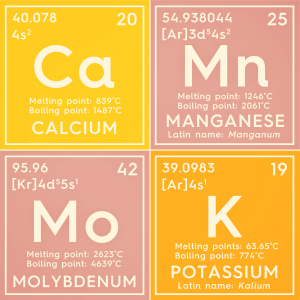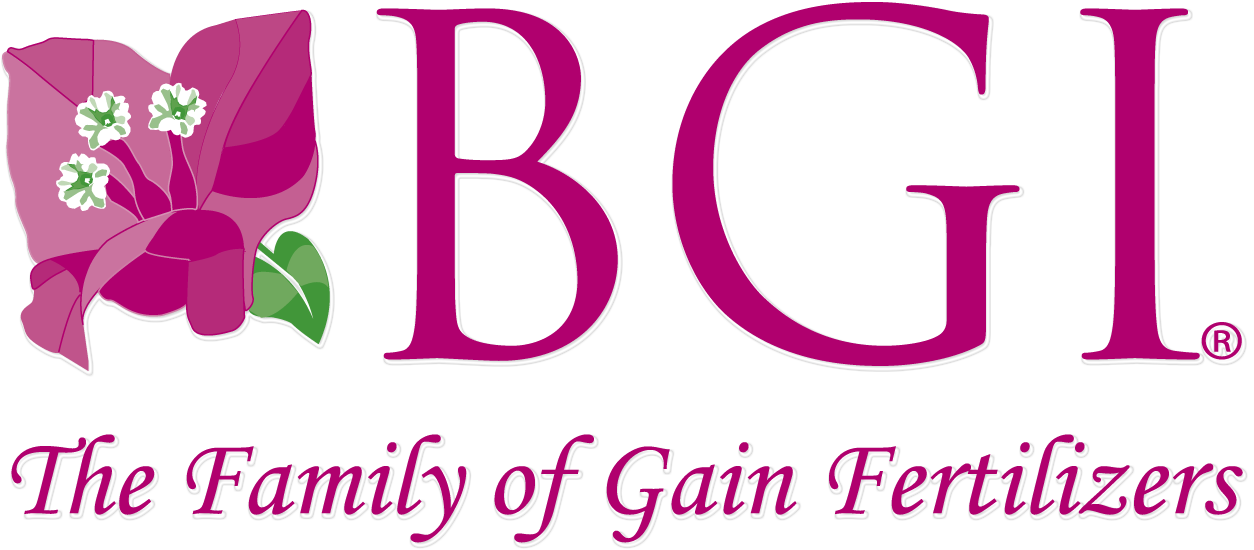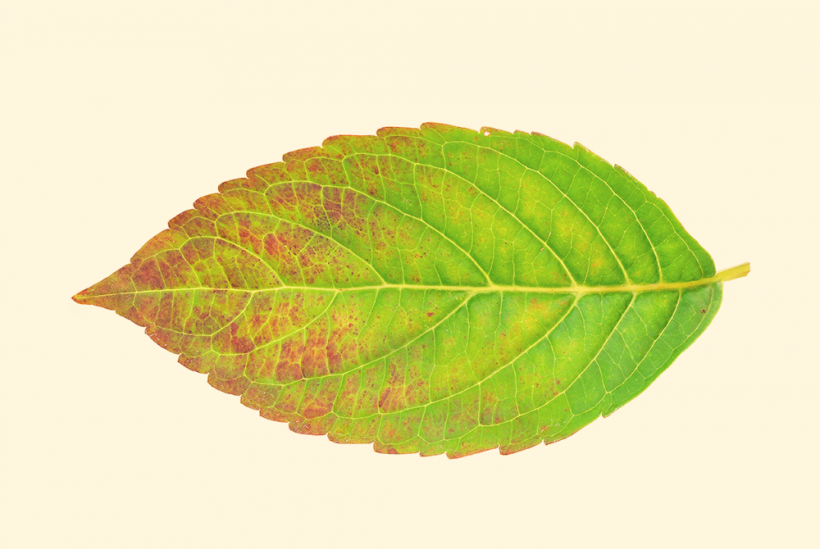
Does anyone like diseased plants?
Does anyone prefer to grow, produce and enjoy strong, healthy vibrant plants?
Which are more marketable? Which are more appealing to the eye; to the customer?
Growers of hundreds of species of ornamental plants across the United States understand there are certain minerals we call essential nutrients. They are essential to achieve optimum plant growth, development, quality and yield. However, what I am finding through conversations with growers, garden center managers and landscapers is few understand the critical role balanced mineral nutrition has in disease resistance.

Plant nutrition affects disease and pathogen resistance mechanisms in primarily two ways: Mechanical barriers or cell wall thickening and production of pathogen defense compounds like flavanoids and antioxidants.
There are two general rules that we need to remember regarding plant nutrition and disease resistance: All of the essential nutrients are required and must be present, available and in the proper amounts and plants that have optimal nutrition also have the greatest resistance to diseases.
Let’s take a couple examples:

- K & Ca – weak cell walls leak nutrients between the cells or to the apoplast. This creates an ideal environment to germinate fungal spores and bacterial infections. These mineral deficiencies of Potassium and Calcium obviously lower the plants resistance to fungal and bacterial diseases.
- Cu – Copper is widely used as a commercial fungicide. Nutritionally speaking, copper deficiency results in impaired synthesis of chemical defense compounds that provide protection against pathogens.
- Mo & Mn – Molybdenum deficiency can reduce nitrate reductase production, which converts nitrates to proteins. This is critical or shall we say essential. Soil applied Manganese can inhibit growth of certain soil borne fungi.
Nutrient exchange, uptake and plant disease resistance is like the weather. It is a complex, dynamic system that has many interacting processes occurring simultaneously. Because we know that no nutrient functions in isolation from the others, providing adequate essential nutrients is critical to the proper health, functioning and disease resistance of higher plants. Growing a commercial crop, a potted plant or a country club landscape requires strategic integrated pest management (IPM). In the IPM world, optimum nutrient levels make sense economically, agronomically and environmentally.
Proper nutrition truly is the first step in pest management. It makes sense for so many reasons.
Remember, plants that have optimal nutrition also have the greatest resistance to diseases.
The BGI family of products fulfill this critical nutrient need.
Stay at ease, not dis-ease; stay healthy from the start and go with the family of GAIN products.
I hope this helps!
Take care,



